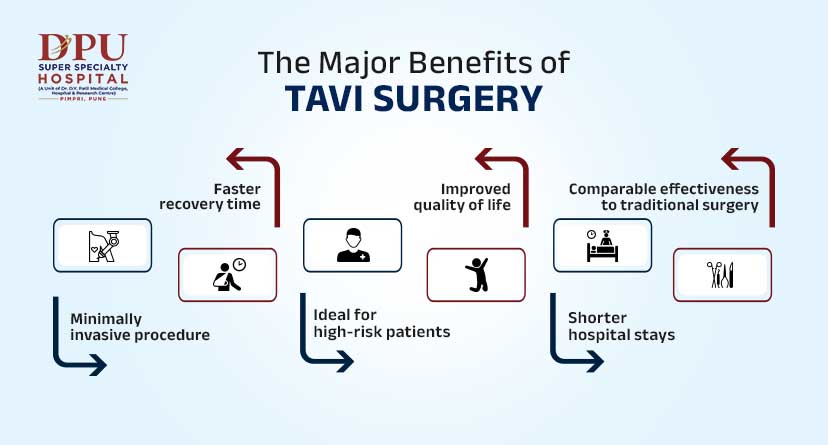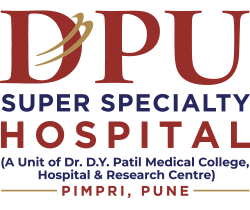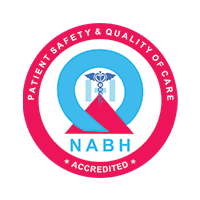Aortic Valve Replacement Surgery In India Through TAVI

As modern medicine becomes more advanced, we’re often introduced to new and effective medical procedures and technologies. Recently, Transcatheter Aortic Valve Implantation, also known as TAVI, has become popular in India.
Aortic valve replacement surgery is a critical procedure for those suffering from severe aortic valve disorders. The first TAVI in India was performed in 2011 on an 80-year-old female patient with severe aortic stenosis (AS) who was denied surgery due to high comorbidities. Today, estimates suggest that nearly 2.5-3 lakh patients are eligible for TAVI.
In this blog, we aim to delve into the details of aortic valve replacement surgery in India, focusing mainly on the TAVI technique.
What Is Aortic Valve Disease?
The heart's aortic valve ensures blood flows smoothly from the heart to the rest of the body. However, diseases such as aortic stenosis (narrowing of the aortic valve) or aortic regurgitation (leaking of the valve) can impair this function, leading to severe health complications if left untreated. Symptoms often include breathlessness, chest pain, fatigue, and, in severe cases, heart failure. Diagnosis typically involves echocardiograms, electrocardiograms, and sometimes cardiac MRI tests.
The Emergence of TAVI in India
Traditionally, aortic valve replacement required open-heart surgery, a daunting prospect for many, particularly the elderly or those with multiple health issues. However, TAVI has emerged as a less invasive alternative, enabling the placement of a new valve via a catheter inserted through a small incision in the leg or chest. This method significantly reduces recovery time and surgical risks.
Benefits of TAVI
- Minimally Invasive: Unlike traditional surgery, TAVI does not require opening the chest cavity, resulting in less pain and quicker recovery.
- Reduced Recovery Time: Patients typically spend less time in the hospital post-TAVI and can return to normal activities much faster.
- Lower Surgical Risks: This is particularly beneficial for patients with high surgical risks due to age or other health conditions.
- Improved Quality of Life: Studies have shown that patients undergoing TAVI experience significant improvements in their quality of life, with better heart function and less discomfort.

TAVI Procedure: A Step-by-Step Guide
- Preparation: Before the procedure, patients undergo thorough diagnostic tests to determine the size and shape of the valve needed.
- Access: The surgeon makes a small incision to access a major artery, usually in the thigh.
- Valve Delivery: A catheter, with a collapsed replacement valve around it, is guided through the artery to the heart.
- Placement and Deployment: Once in position, the new valve is expanded, pushing the old valve aside and immediately taking over its function.
- Completion: The catheter is withdrawn, and the incision is closed. The whole procedure typically lasts between one to three hours.
Post-operative Care and Recovery
After TAVI, patients may spend a day or two in the intensive care unit to monitor their recovery. Follow-up includes regular check-ups and possibly medication to prevent blood clots. Recovery at home involves gradually increasing activity levels under medical guidance.
The Role of Multidisciplinary Teams in TAVI Success
The success of TAVI depends not only on the procedure itself but also on the collaborative efforts of multidisciplinary teams. At DPU Super Specialty Hospital, our TAVI team includes cardiologists, cardiothoracic surgeons, anesthesiologists, radiologists, and specialised nurses. This team approach ensures comprehensive planning and execution of the procedure, with each specialist bringing a critical perspective that enhances patient safety and outcomes. The collaboration extends beyond the procedure, with coordinated care plans tailored to speed up recovery and optimise long-term health.
Technological Advancements in TAVI
Technological advancements have significantly influenced the success rates and safety of TAVI procedures. Modern imaging technologies, such as 3D echocardiography and computer tomography (CT), play a crucial role in the precise placement of the valve. Furthermore, the latest generation of TAVI valves are designed to minimise risks such as valve leakage and vascular complications. At DPU Super Specialty Hospital, we stay at the cutting edge of these technologies, ensuring patients benefit from the latest valve design and surgical techniques innovations.
Addressing Common Concerns and Questions about TAVI
- Risks: While TAVI is less invasive, it has risks, including vascular complications, bleeding, and infections. However, the probability of these issues is significantly lower than traditional surgery's.
- Valve Durability: Current data suggest that TAVI valves can function effectively for many years, although ongoing studies continue to monitor long-term outcomes.
- Lifestyle Changes: Post-TAVI, patients can generally return to their normal activities, with improvements in symptoms like breathlessness and fatigue. However, regular follow-ups are crucial to monitor heart health.
How DPU Super Specialty Hospital is Changing the Use of TAVI in India
At DPU Super Specialty Hospital in Pimpri, Pune, we are at the forefront of adopting and enhancing TAVI technology. Our commitment to cardiac care excellence is demonstrated through our state-of-the-art facilities and a team of highly skilled professionals dedicated to improving patient outcomes.
We continually invest in the latest TAVI technologies and training, ensuring our patients can access the best care. By participating in international research and clinical trials, we contribute to the global advancements in TAVI procedures, setting new benchmarks in cardiac care within India.
Looking Ahead: The Future of TAVI in India
As TAVI continues to evolve, its adoption in India is expected to grow, potentially becoming the standard treatment for aortic valve replacement, particularly among high-risk patients. Ongoing research and innovation will likely enhance the safety and efficacy of TAVI, making it accessible to a broader range of patients. At DPU Super Specialty Hospital in Pimpri, Pune, we strive to lead the way in cardiac care, as the future looks promising, with advanced treatments like TAVI setting new benchmarks for healthcare excellence.
Conclusion
Aortic valve replacement surgery in India, mainly through the TAVI technique, represents a significant advancement in cardiac care, providing safer, quicker, and less invasive treatment options. DPU Super Specialty Hospital in Pimpri, Pune, stands at the forefront of this medical innovation, offering new hope and improved outcomes for patients facing severe aortic valve diseases. As technology advances and awareness grows, more patients across India stand to benefit from this life-saving procedure, marking a new era in heart health management.








